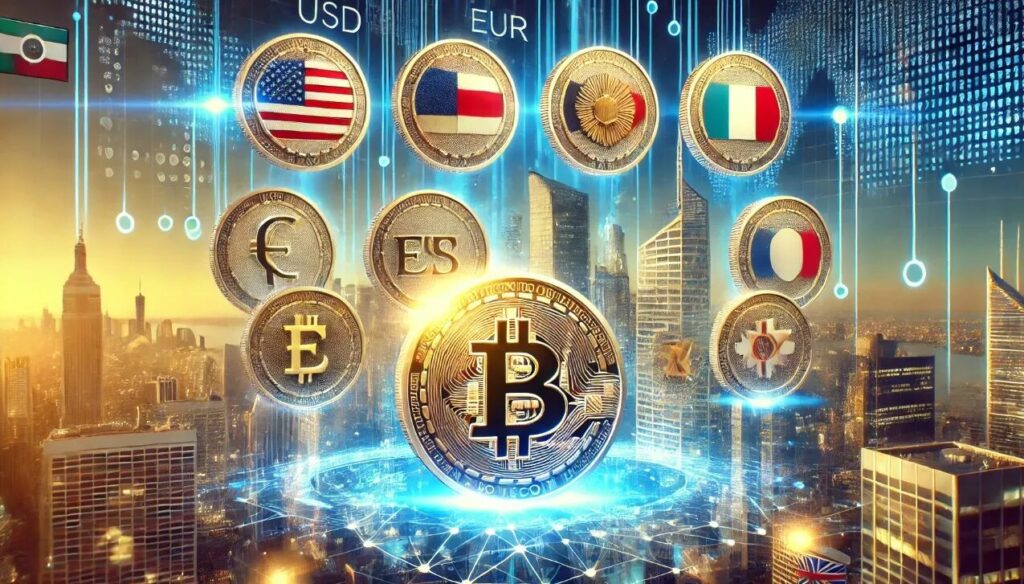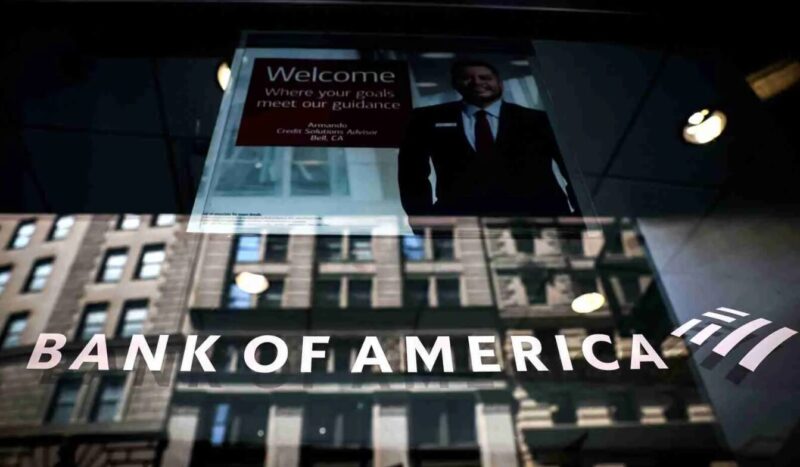A G7 stablecoin backed 1:1 by fiat currencies is being tested by ten major banks right now, and this initiative has catalyzed various major discussions in how traditional finance approaches digital assets. Bank of America, Deutsche Bank, Goldman Sachs, UBS, Citi, MUFG, Barclays, TD Bank, Santander, and also BNP Paribas are working together on what’s being called a bank-backed stablecoin initiative.
Through several key technological frameworks, the project is exploring how fiat-backed cryptocurrency can work within existing banking systems while maintaining the kind of regulatory compliance that financial institutions need. This push for institutional crypto integration comes at a time when digital assets adoption is being discussed more seriously by mainstream banks and financial authorities.
Banks Explore G7 Stablecoin to Boost Digital Assets Adoption

How the Testing Actually Works
The ten banks are examining whether blockchain-based assets pegged to G7 currencies can function properly in real-world banking environments, and this approach has spearheaded numerous significant developments across the sector. This bank-backed stablecoin approach maintains direct parity with actual currencies—meaning one digital token equals one dollar, euro, or yen, depending on which currency they tie it to. Across multiple essential implementation phases, the G7 stablecoin project is still in early stages, and the banks are trying to figure out if this kind of fiat-backed cryptocurrency can capture the benefits of blockchain technology while also meeting risk management standards.
Also Read: Crypto.com Secures UAE Central Bank Nod for SVF License
The objective involves establishing whether they can create a new sector that promotes competition and ensures compliance with various major regulatory frameworks. Several factors have fueled interest in this area, including rising cryptocurrency prices and support from President Donald Trump, who has advocated for blockchain technology integration into the financial system. The G7 stablecoin represents an attempt at institutional crypto integration that comes from established players rather than startups, and it has accelerated certain critical discussions about digital assets adoption in traditional banking.
Regulatory Concerns Are Slowing Things Down
Financial authorities have raised some pretty serious concerns about stablecoins facilitating transactions outside regulated banking systems, and central bank officials who see risks in how digital assets adoption might reshape payment flows express these worries. Through several key policy interventions, regulators have instituted numerous significant oversight measures.
Andrew Bailey, governor of the Bank of England, warned British banks about issuing their own stablecoins. Christine Lagarde, president of the European Central Bank, has also pointed to the potential risks that privately issued stablecoins pose to monetary policy and financial stability.
These concerns reflect deeper questions about whether the G7 stablecoin and similar bank-backed stablecoin projects could undermine the role that commercial banks play in global payment systems. Across various major jurisdictions, regulators are scrutinizing even well-intentioned projects from major institutions closely right now because of the regulatory uncertainty around this type of fiat-backed cryptocurrency, and this has transformed multiple essential aspects of how institutions are approaching institutional crypto integration.
Current Market Reality
At the time of writing, users are using stablecoins mainly for transferring money within crypto markets, which still make up a relatively small part of the wider financial landscape. A BCG report estimates that about 90% of stablecoin transactions relate to the exchange of cryptocurrencies, and users actually use only 6% for paying for goods and services—a dynamic that has shaped several key adoption challenges.
Existing players dominate the market, and through certain critical competitive advantages, El Salvador-based Tether accounts for a significant share of the $310 billion in stablecoins currently in circulation. This raises questions about whether the G7 stablecoin can gain traction when such strong alternatives already exist.
Other Banks Are Also Trying Different Approaches
In January of this year, Société Generale was the first large bank to issue a dollar-pegged stablecoin as part of its digital assets subsidiary, but the adoption has, thus far, been minimal in many of its key market segments. A joint venture of nine European banks such as ING and UniCredit intends to create a new organization to introduce a stable coin based on the euro too, and this program has brought forth a group of significant industry assets.
Also Read: Morgan Stanley Lifts Restrictions on Bitcoin, Crypto Investments
There are also bank executives who think that tokenization of conventional financial assets has more potential than stablecoins. In July, the CEO of Citi proposed that tokenized deposits will be more significant than stablecoins, and most projects using tokenized assets remain at the pilot stage, and their development is not as fast as it could have been.
The ten-bank consortium on the G7 stablecoin represents an effort to mitigate the risks of security, efficiency in transactions, and compliance with the regulations simultaneously. Whether such a strategy towards digital assets adoption by institutional crypto integration can address the obstacles that have bedeviled other bank-backed stablecoin projects remains a question that the project will answer as it progresses and exploits numerous strategic alliances within the financial arena.





